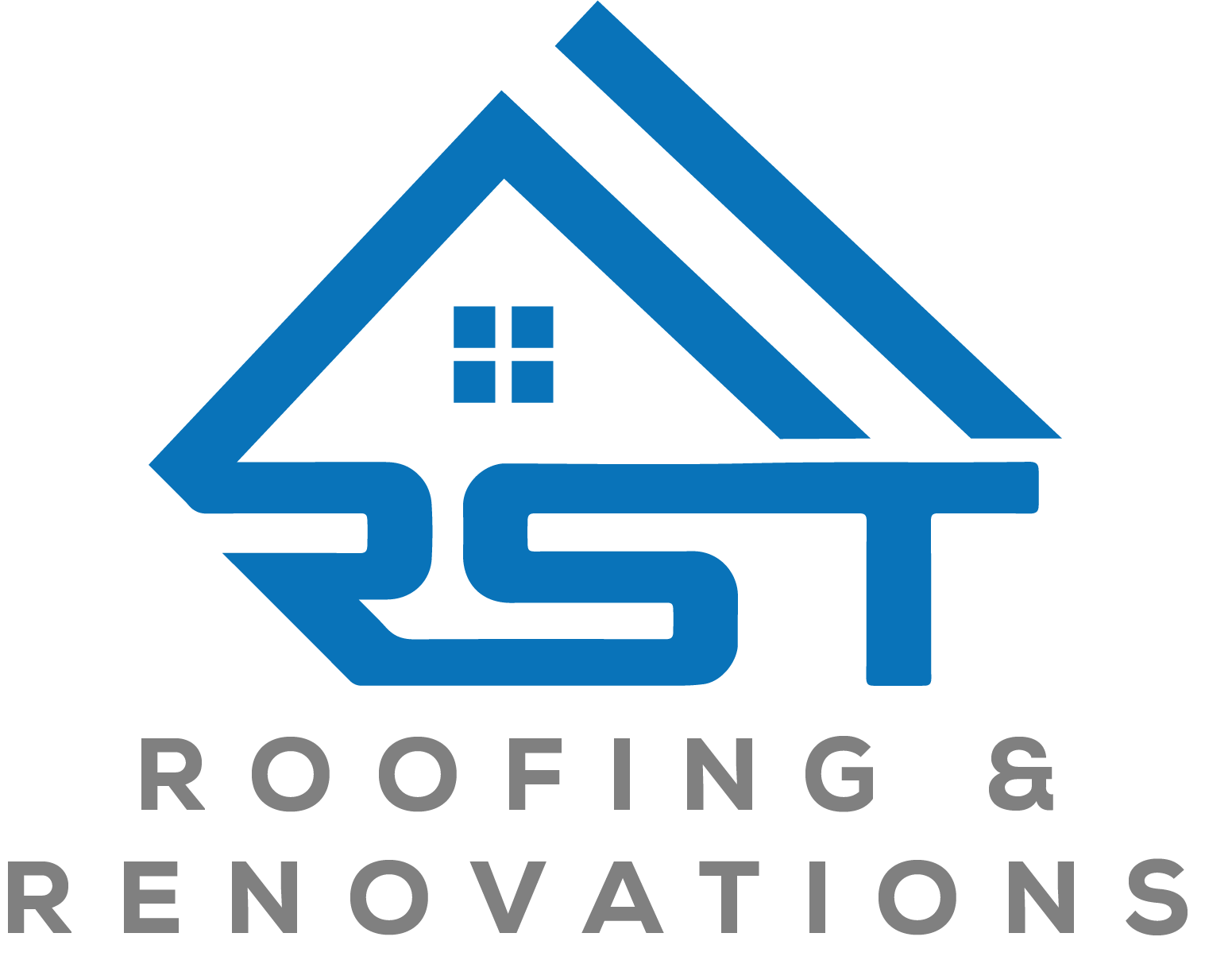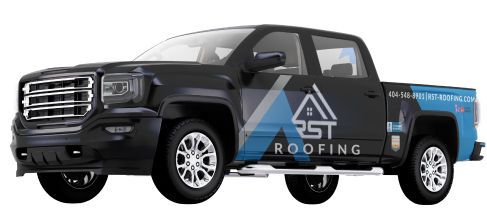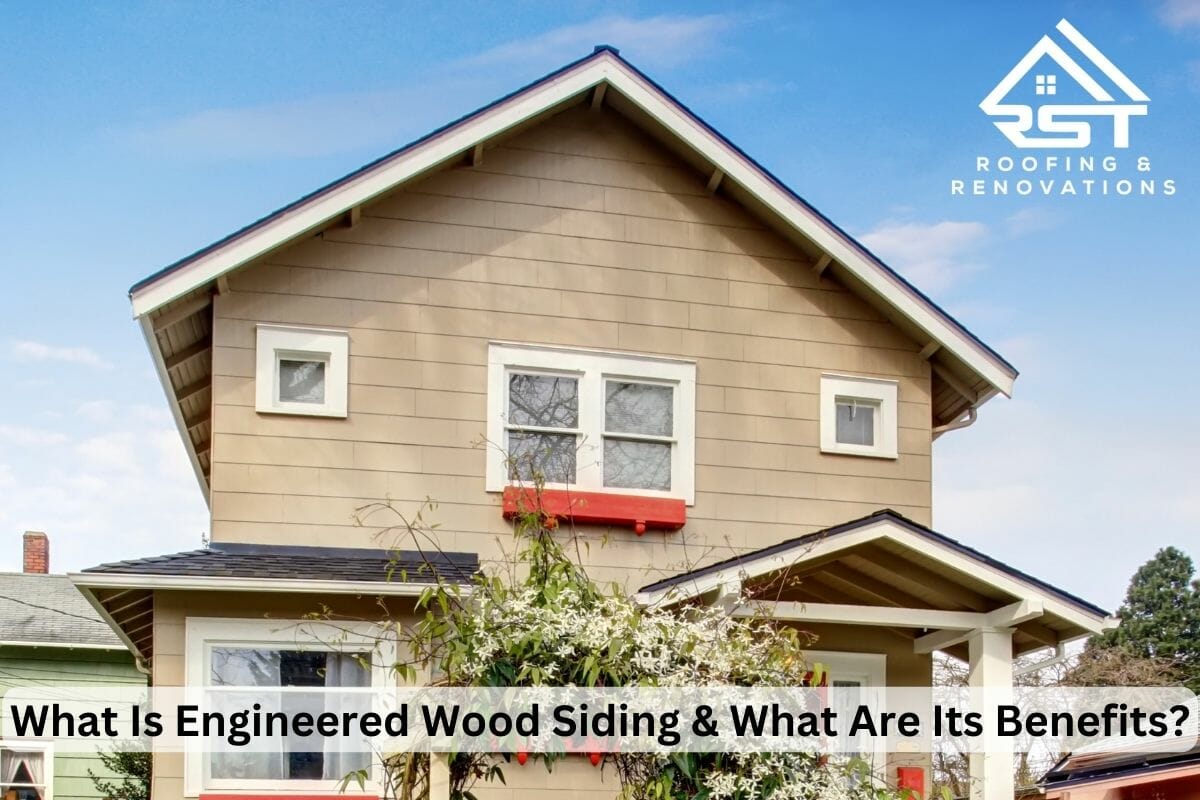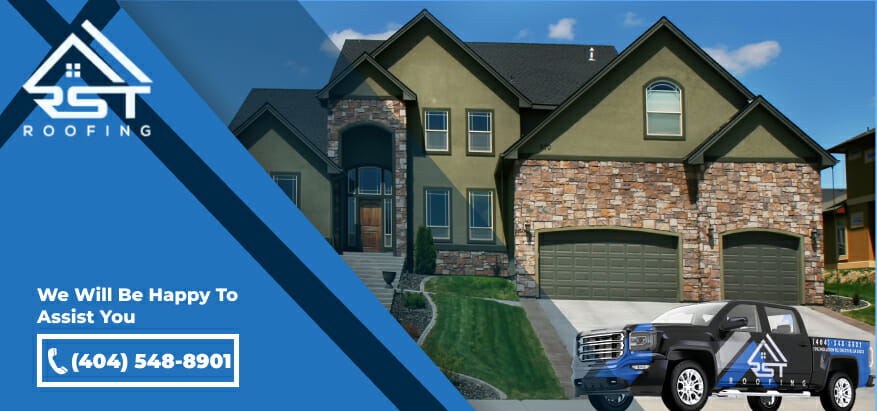In the world of home design, the right siding can make all the difference. When it comes to combining style and substance, engineered wood siding is hard to beat. This material combines the timeless beauty of wood with advanced weather resistance.
In this blog post, we’ll examine what makes engineered wood a highly preferred siding material. From its sustainable composition to its easy installation process, we’ll explore the benefits that set it apart from other siding materials. Plus, we’ll explore the different styles available so that you can choose the perfect fit for your home’s unique aesthetic.
What is Engineered Wood Siding?
Engineered wood is made from a blend of natural wood strands, sawdust, resins, wax, and glue that are heat-treated to create a composite material. Since it is manufactured in a laboratory, engineered wood is known by several other names, such as composite, manufactured, and synthetic wood. This siding material is low-maintenance and a more sturdy option than original cedar or pine wood siding.
Its prefinished versions come with a factory-made finishing layer so that you can pick a matching color and texture for your exterior. Some customized styles make it nearly indistinguishable from natural wood siding.
But this isn’t the only advantage that attracts homeowners’ attention. There are plenty of pros as well as cons that you need to know before making a choice.
Manufactured Wood Siding: Pros and Cons

There are many types of siding materials and styles, so it can be challenging for homeowners to pick one. In order to make a good choice, it’s essential to weigh the pros and cons of each material. So, let’s explore what composite wood has to offer.
Benefits of Manufactured Wood Siding
From beautiful natural textures to low maintenance and eco-friendly aspects, composite wood boasts numerous benefits for homeowners with unique tastes.
☝ Beauty
Engineered wood exterior siding is known for its natural, warm appearance that adds genuine character and charm to any home. This material has many more textures, finishes, and color options than natural wood, making it easy for homeowners to select a distinctive look.
☝ Durability
The material is designed to last for decades, resisting harsh weather conditions and protecting against wind, rot, decay, and insect damage. Some engineered wood siding manufacturers, like KWP and LP SmartSide, also offer warranties on their products for up to 50 years, providing peace of mind for homeowners.
☝ Energy Efficiency
This composite siding option can help improve a home’s energy efficiency, leading to savings on heating and cooling bills. This is because it can easily accommodate rigid insulation and keep it dry and protected.
☝ Increase in Home Value
The National Association of Realtors states that homeowners can recover up to 75% of the price of new siding during resale. Investing in highly durable and eco-friendly siding material, such as synthetic wood, will increase your home’s value.
☝ Fire Resistance
Factory-finished wood is treated with fire-retardant resins, making it less likely to burn and spread flames. This added safety feature is vital for homes in an area prone to wildfires or thunderstorms.
☝ Low Environmental Impact
Manufactured wood siding is an eco-friendly option, as it is made from renewable and sustainable resources. It’s best to choose manufactured wood products that are certified by the Forest Stewardship Council, as these products are sourced from responsibly-managed forests that protect against deforestation.
Potential Concerns and Drawbacks of Composite Wood Siding
The most common concern is that composite wood costs more than vinyl siding. But since composite wood is a premium siding material, it’s vital to know that it generally costs less than other premium materials such as fiber cement, stucco, brick, and stone veneer.
Another potential concern involves the cheaper versions of this material. Some inexpensive composite wood panels may have a finish that doesn’t look natural. Such siding panels can also be prone to moisture damage if not appropriately maintained.
Now, let’s compare this material to other common siding options such as vinyl and fiber cement.
Engineered Wood vs. Vinyl Siding
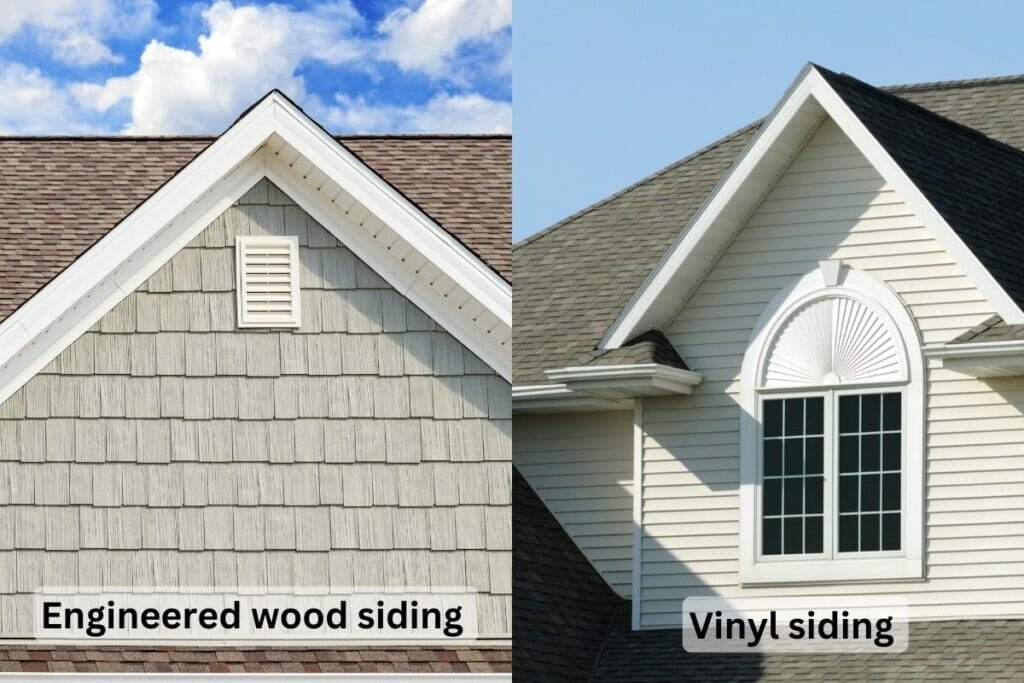
Both manufactured wood siding and vinyl siding are designed to withstand the elements, but there are some critical differences in their features and benefits.
☝ Durability
Composite wood siding is more resistant to impact damage and is less prone to fading or cracking from exposure to the sun’s UV rays. On the other hand, vinyl siding is prone to crack and warp, making it a less favored choice for homeowners seeking a durable option.
☝ Maintenance
Engineered wood panels or boards may require periodic coatings of finish to maintain their appearance, depending on the type of finish used, whereas high-quality finishes naturally last long. As for vinyl siding, it requires occasional cleaning and repainting to keep looking new.
☝ Overall Cost
The cost of manufactured wood siding and vinyl siding can vary depending on several factors, including the quality of the product and the complexity of the installation. Generally, vinyl is less expensive to install than synthetic wood. However, it’s worth noting that composite wood material may offer a better return on investment in the long run due to its durability and potential to increase a home’s value.
Engineered Wood vs. Fiber Cement Siding

Both composite wood and fiber cement siding are eco-friendly, low-maintenance, and appealing. However, there are some points of distinction that we’ll use to compare the two materials.
☝ Impact Resistance
High-quality manufactured wood panels are incredibly resistant to impacts. However, most fiber cement boards crack and break under high impacts and pressure.
☝ Moisture Resistance
Fiber cement siding is more protective against moisture damage, such as rot and decay. Manufactured wood is also designed to resist moisture damage but can still be vulnerable to water damage if it’s not correctly installed or maintained.
☝ Styles
Both engineered wood and fiber cement siding are available in various styles and finishes, including options that mimic the look of natural wood. However, engineered wood siding may have fewer color and texture options than fiber cement.
Finally, your choice should depend on your local climate, personal taste, and budget. For instance, composite wood can be a great choice if you want a better material that offers excellent durability and increased home value.
Additionally, you can compare many other house siding materials. The final results depend on the quality of the product and its installation.
At RST Roofing and Renovations, we are dedicated to helping homeowners build the house of their dreams and get the best resale value. If you are looking for new house siding in Atlanta, GA, we can help you select the right one.
Learn All About Engineered Wood Siding From Our Expert
At RST Roofing and Renovations, we understand the value and delicacy of home improvement projects. That’s why we offer free consultations and estimates to all homeowners in Georgia. Our team looks forward to making the process as stress-free and enjoyable as possible. We take the time to listen to your needs and provide you with personalized recommendations based on your budget, style preferences, and home’s unique characteristics.
If you are looking to install manufactured wood siding in Atlanta, GA, call us at (404) 548-8901. We will be happy to guide you and provide a flawless siding replacement service.
